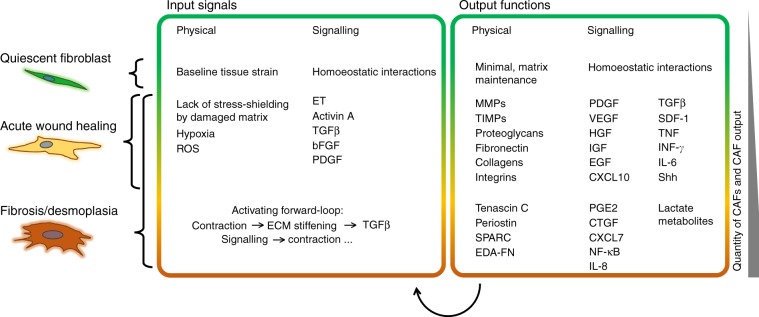Fig. 1. Overview of the signal inputs and functional outputs of fibroblasts activated across the fibroblast activation spectrum.
Fibroblasts respond to physical cues and chemical signalling factors in the tumour microenvironment (TME) (‘input signals’) by producing a number of molecules that signal in an autocrine and paracrine fashion, as well as by altering the physical properties of the TME (‘output functions’). In contrast to acute wounds, fibroblasts in desmoplasia establish a self-activating and perpetual feedback loop (bottom arrow), which forms the basis of their pro-tumorigenic capacities. Moving from the quiescent phenotype (green, top), to the CAFs in desmoplasia (orange, bottom), the number of known inputs and outputs increases cumulatively. ROS reactive oxygen species, ET endothelin, TGF-β transforming growth factor β, bFGF basic fibroblast growth factor, PDGF platelet-derived growth factor, MMPs matrix metalloproteinases, TIMPs tissue inhibitors of metalloproteinases, VEGF vascular endothelial growth factor, HGF hepatocyte growth factor, IGF insulin-like growth factor, EGF epidermal growth factor, CXCL CXC motif chemokine ligand, SDF-1 stromal-cell-derived factor-1, TNF tumour necrosis factor, IFN-γ interferon-γ, IL interleukin, Shh sonic hedgehog, SPARC secreted protein acidic and rich in cysteine, EDA-FN EDA-containing cellular fibronectin, PGE2 prostaglandin E2, CTGF connective tissue growth factor; NF-κB nuclear factor κB.

